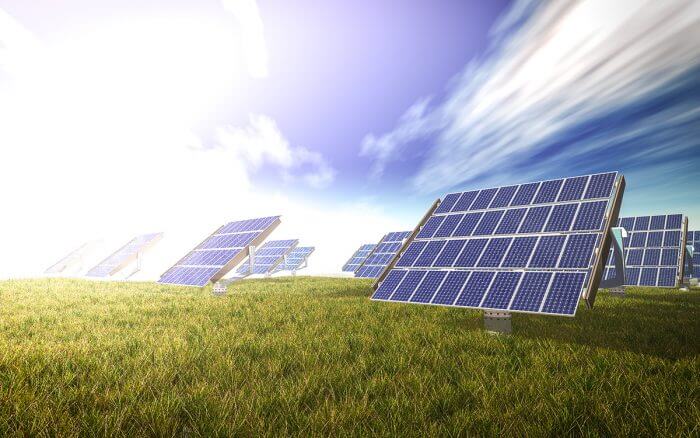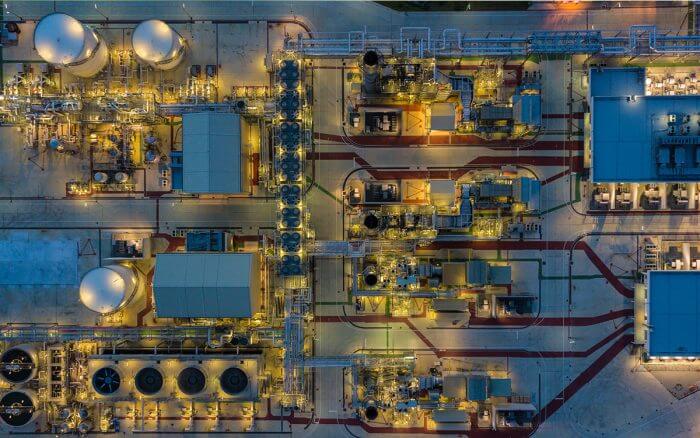Renewable Energy is energy that is collected from renewable resources, which are naturally replenished on a human timescale, such as sunlight, wind, rain, tides, waves, and geothermal heat. Renewable energy often provides energy in four important areas: electricity generation, air and water heating/cooling, transportation, and rural (off-grid) energy services.
Based on REN21’s 2016 report, renewables contributed 19.2% to humans’ global energy consumption and 23.7% to their generation of electricity in 2014 and 2015, respectively. This energy consumption is divided as 8.9% coming from traditional biomass, 4.2% as heat energy (modern biomass, geothermal and solar heat), 3.9% hydroelectricity and 2.2% is electricity from wind, solar, geothermal, and biomass. Many other countries have the set a goal to reach 100% renewable energy in the future. Renewable energy systems are rapidly becoming more efficient and cheaper. Their share of total energy consumption is increasing.
As a core of our vision, creating renewable energy business has been our main focus in Indonesia. The abundant source of sunlight and tropical archipelago that give swarm of natural resource for biomass energy, are creating our innovation to develop Solar & Biomass Power Plant.

Solar power plant is the conversion of energy from sunlight into electricity, either directly using photovoltaic (PV), indirectly using concentrated solar power, or a combination. Concentrated solar power systems use lenses or mirrors and tracking systems to focus a large area of sunlight into a small beam. Photovoltaic cells convert light into an electric current using the photovoltaic effect.
As the cost of solar electricity has fallen, the number of grid-connected solar PV systems has grown into the millions and utility-scale solar power stations with hundreds of megawatts are being built. Solar PV is rapidly becoming an inexpensive, low-carbon technology to harness renewable energy from the Sun. The current largest photovoltaic power station in the world is the 850 MW Longyangxia Dam Solar Park, in Qinghai, China.

An electrical power plant which produces electricity by burning biomass solids in a steam generator that heats water to produce steam which then flows through steam turbines that spin an electrical generator to generate electricity. Alternatively, biomass power plants are generally considered much cleaner than coal fired power plants as they produce very few green house gases compared to coal fired power plants. The biomass power generating industry in the United States consists of approximately 11,000 MW of summer operating capacity actively supplying power to the grid, and produces about 1.4 percent of the U.S. electricity supply.